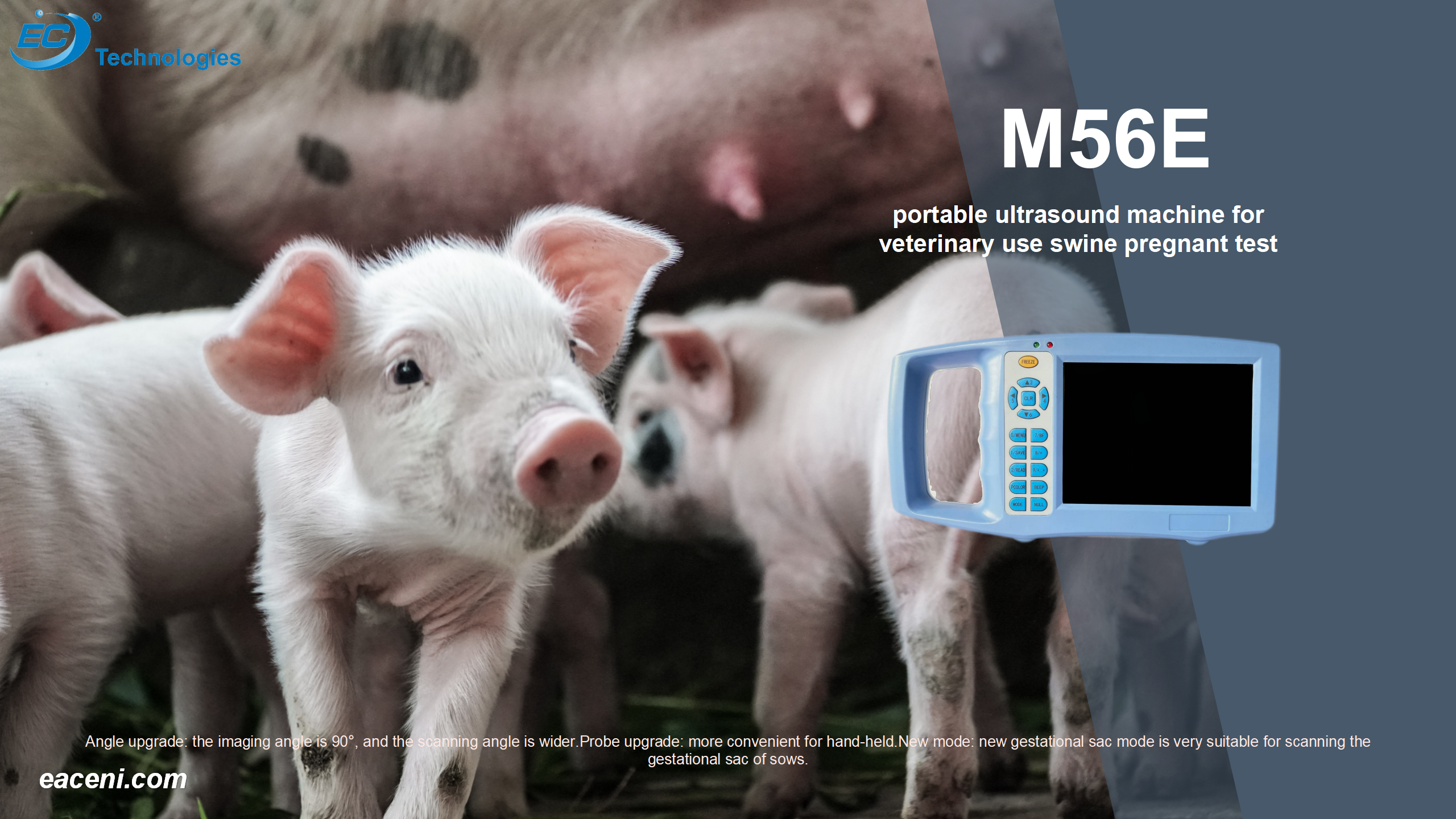In the realm of wildlife conservation, technological advancements are playing a crucial role in protecting endangered species. One such innovation is the application of veterinary ultrasound machines, traditionally used in animal healthcare, to aid in the preservation of wildlife populations. This pioneering approach has shown promising results in enhancing conservation efforts and safeguarding vulnerable species.
Veterinary ultrasound machines, originally designed for diagnosing health conditions in domestic animals, are now being repurposed to benefit wildlife conservation. These machines offer non-invasive imaging capabilities, allowing researchers and conservationists to monitor the health and reproductive status of wild animals without causing stress or harm.
One of the primary applications of veterinary ultrasound machines in wildlife conservation is the assessment of reproductive health in endangered species. By conducting regular ultrasound scans on female individuals, conservationists can track pregnancies, monitor fetal development, and assess the overall reproductive viability of populations. This information is invaluable for implementing targeted conservation strategies and ensuring the long-term survival of threatened species.
Moreover, veterinary ultrasound machines are instrumental in detecting and diagnosing health issues in wild animals. From identifying injuries and infections to assessing organ function, these machines enable conservationists to provide timely medical intervention when necessary. By addressing health concerns promptly, wildlife experts can mitigate the impact of diseases and environmental threats on endangered populations.
One notable example of the successful application of veterinary ultrasound in wildlife conservation is its use in monitoring populations of marine mammals, such as dolphins and whales. Researchers equipped with portable ultrasound devices can conduct field studies to assess the reproductive health of these species, contributing vital data to conservation efforts aimed at protecting marine biodiversity.
In addition to direct conservation efforts, the use of veterinary ultrasound machines in wildlife rehabilitation centers has proven beneficial for injured or orphaned animals. By accurately diagnosing injuries and monitoring recovery progress, veterinarians can provide targeted care to rehabilitate wildlife and reintroduce them into their natural habitats.
Post time: May-08-2024







